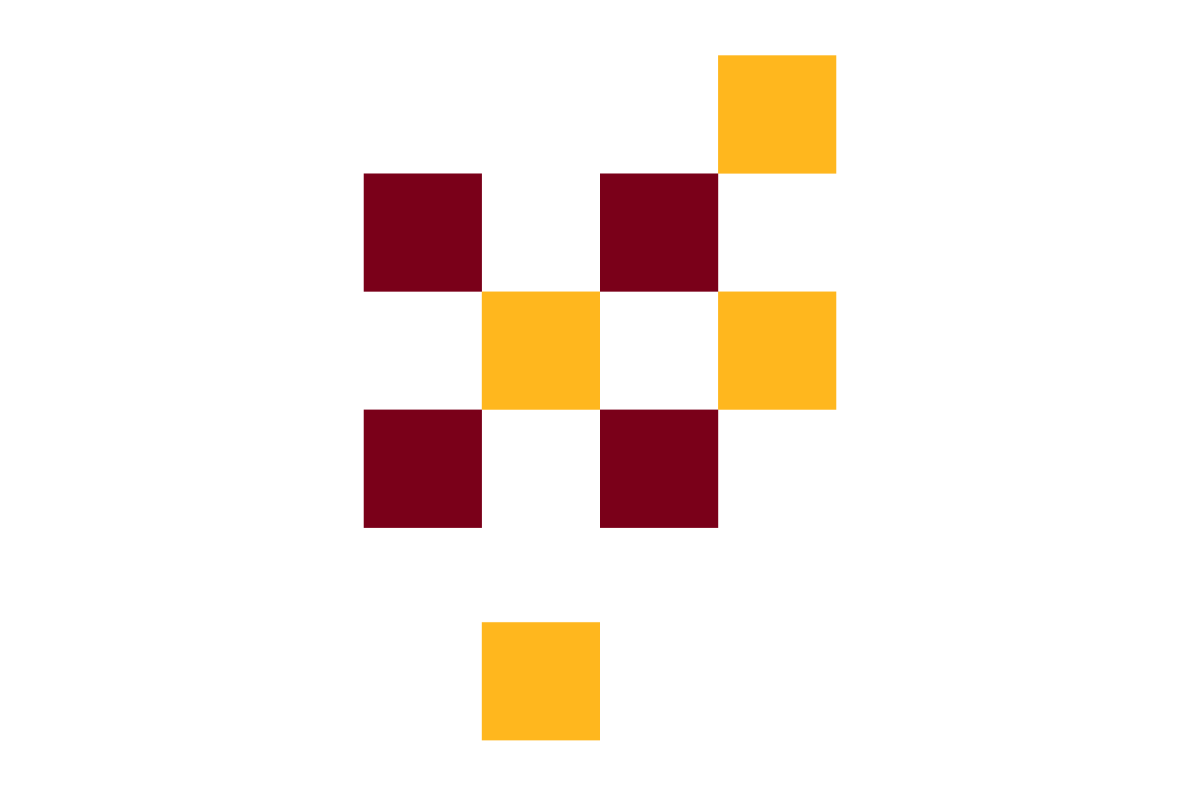Artifact-based rendering: Harnessing natural and traditional visual media for more expressive and engaging 3d visualizations [journal]

Journal
IEEE Transactions on Visualization and Computer Graphics – January 2020
Authors
Seth Johnson (Ph.D. student), Francesca Samsel (adjunct professor), Gregory Abram, Daniel Olson (M.S. student), Andrew J. Solis, Bridger Herman (Ph.D. student), Phillip J. Wolfram, Christophe Lenglet, Daniel F. Keefe (associate professor)
Abstract
We introduce Artifact-Based Rendering (ABR), a framework of tools, algorithms, and processes that makes it possible to produce real, data-driven 3D scientific visualizations with a visual language derived entirely from colors, lines, textures, and forms created using traditional physical media or found in nature. A theory and process for ABR is presented to address three current needs: (i) designing better visualizations by making it possible for non-programmers to rapidly design and critique many alternative data-to-visual mappings; (ii) expanding the visual vocabulary used in scientific visualizations to depict increasingly complex multivariate data; (iii) bringing a more engaging, natural, and human-relatable handcrafted aesthetic to data visualization. New tools and algorithms to support ABR include front-end applets for constructing artifact-based colormaps, optimizing 3D scanned meshes for use in data visualization, and synthesizing textures from artifacts. These are complemented by an interactive rendering engine with custom algorithms and interfaces that demonstrate multiple new visual styles for depicting point, line, surface, and volume data. A within-the-research-team design study provides early evidence of the shift in visualization design processes that ABR is believed to enable when compared to traditional scientific visualization systems. Qualitative user feedback on applications to climate science and brain imaging support the utility of ABR for scientific discovery and public communication.
Link to full paper
Keywords
data visualization, graphics